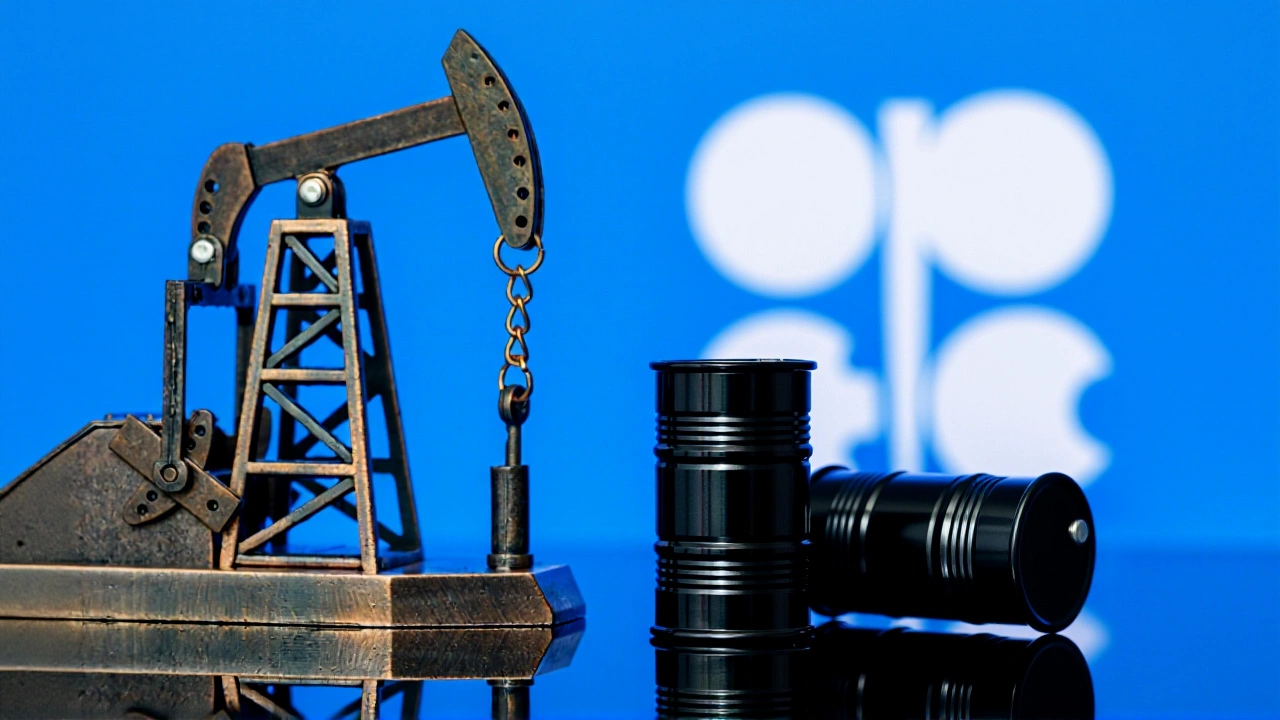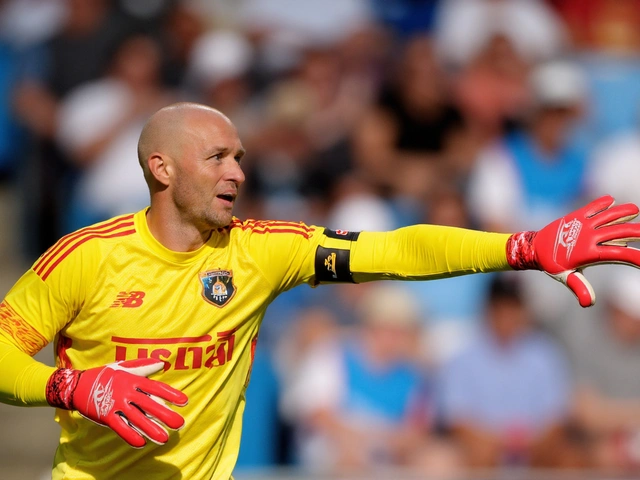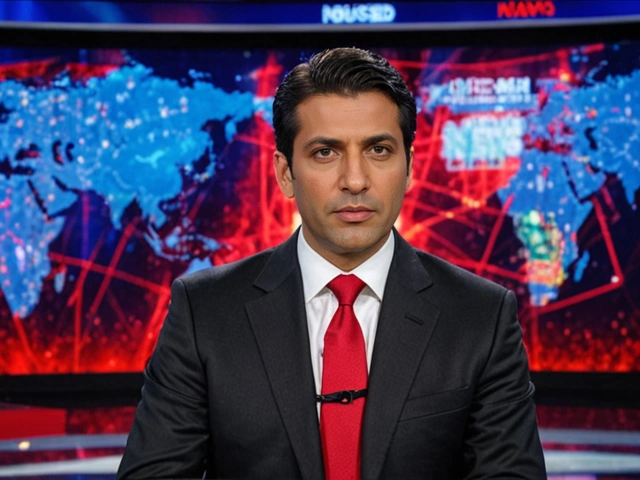OPEC+: What It Is and Why It Matters
When you hear about OPEC+, you’re hearing about a powerful coalition that steers the world’s oil supply. OPEC+, the Organization of the Petroleum Exporting Countries Plus, is a group of oil‑producing nations that coordinate output to influence prices. Also known as the Oil Alliance, it brings together traditional OPEC members and non‑OPEC partners to manage market balance.
The core of OPEC+ lies in its member countries. The most influential are Saudi Arabia, the de‑facto leader that often sets production quotas and Russia, the largest non‑OPEC producer that aligns its output with the group’s targets. Together they account for a sizable share of global crude, meaning any production decision ripples through oil prices, the dollar‑denominated benchmark that fuels everything from gasoline to airline tickets. The alliance’s moves also touch the broader global oil market, a complex network of producers, refiners, traders, and consumers.
Key Impacts of OPEC+ Decisions
OPEC+ encompasses production cuts, extensions of output agreements, and occasional increases when demand spikes. Those actions require coordination among diverse economies, from the desert plains of the Middle East to the Siberian fields of Russia. When the group announces a cut, oil prices typically rise, tightening fuel costs for commuters and raising the price of goods shipped by sea. Conversely, a release of extra barrels can cool inflation pressures but may hurt the revenue streams of member states that rely on oil sales to fund public services.
Because the alliance influences price, it also shapes investment in alternative energy. Higher oil prices can make renewable projects appear cheaper, spurring governments and corporations to accelerate solar and wind builds. Lower prices, on the other hand, may delay those plans, keeping fossil fuel infrastructure alive longer. This feedback loop means OPEC+ doesn’t just affect the energy sector; it reverberates through the global economy, where oil‑linked inflation, trade balances, and fiscal budgets are tightly linked to crude costs.
The relationship between OPEC+ and global demand is another vital thread. The alliance watches indicators like vehicle sales, industrial output, and seasonal heating needs to gauge how much oil the world actually consumes. When demand forecasts dip—say, due to a pandemic or an economic slowdown—OPEC+ may tighten supply to protect prices. When forecasts brighten, such as during a post‑recession boom, the group can ease restrictions, helping avoid sharp price spikes that could choke growth.
Strategic meetings in Vienna, where OPEC+ leaders meet quarterly, serve as the stage for these decisions. The talks are a blend of economics, geopolitics, and market psychology. Members bring data on reservoir capacity, national budgets, and upcoming projects. Negotiators then balance national interests with the collective goal of market stability. This delicate dance underscores why understanding OPEC+ helps you read the bigger financial picture.
For everyday consumers, the link between OPEC+ and your wallet is straightforward: when the alliance trims output, you’ll notice higher pump numbers; when it adds supply, gasoline often gets a bit cheaper. Businesses feel it too—shipping firms track the group’s announcements to budget fuel costs, while airlines adjust ticket prices based on expected jet fuel trends. Even investors watch OPEC+ signals to position themselves in energy stocks or commodity futures.
Beyond the headline news, OPEC+ also deals with compliance monitoring. Member countries report their actual output to a secretariat that checks whether they stick to the agreed limits. Missing a quota can trigger penalties or diplomatic pressure, ensuring the system stays credible. This compliance layer adds another layer of predictability for markets, as traders trust that the announced numbers will generally hold.
Finally, OPEC+ is part of a broader energy transition conversation. While the group’s primary mandate remains stabilizing oil markets, its members are increasingly discussing how to diversify economies, invest in cleaner technologies, and manage the long‑term decline of fossil fuel demand. Saudi Arabia’s Vision 2030 and Russia’s push for natural gas exports illustrate how these nations are eyeing a future where oil isn’t the sole revenue pillar.
All of this means that the posts you’ll see below—whether they dive into recent production agreements, explore price forecasts, or examine the impact on specific regions—are tied together by the core idea of OPEC+ shaping the flow of energy and money around the world. Keep reading to see how current events fit into this larger framework.

OPEC+ Adds 432,000 bpd, Brent Crude Climbs 1.7% to $85.40
OPEC+ lifts output by 432,000 bpd, nudging Brent to $85.40. Analysts see a cautious market boost amid inflation worries and geopolitical strain.




